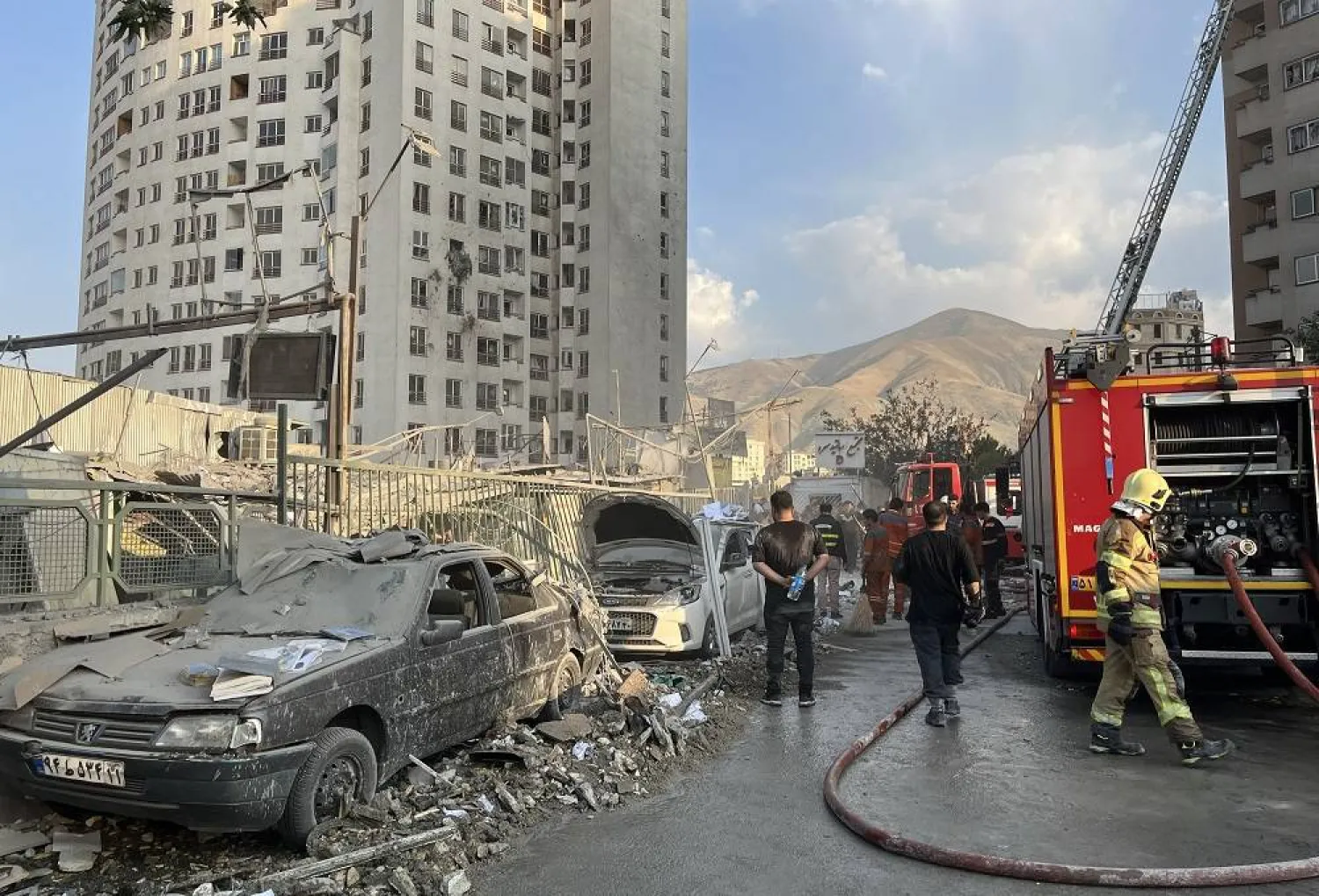Damascus wants to and is trying to impose its conditions.
Despite Syria being divided into three main spheres of influence with five different armies operating, Damascus believes it can submit normalization requests. This feeling ran even higher after the “Afghan slap.”
Problems and crises have not changed and may have even increased, exacerbated, and deepened. But Damascus believes that it is in a “stronger negotiating position,” and that time is in its favor so long that Washington has abandoned its principles of “nation-building” and “regime change.”
For Damascus, Moscow’s support makes it believe it is capable of objecting. Whenever the Syrian capital is in doubt, Russia lends a helping hand.
Examples corroborating that analogy are ample, especially when reviewing the course of developments over the last few days. Damascus had hesitated in receiving UN Special Envoy for Syria Geir Pedersen ever since the start of 2021. But what started with strong rejection was mellowed out by a Russian intervention that got Damascus to say yes to Pedersen’s visit.
Pedersen is scheduled to meet with Syrian Foreign Minister Faisal al-Mekdad on Saturday.
This visit, for Damascus, comes post regime forces entering the governorate of Daraa. Ten years ago, the southwestern governorate and its capital of the same name were the cradle for Syria’s uprising.
Keen to return to the area through peace or war, Damascus claims that “the conspiracy started in Daraa and that it is where it should be buried.” Syrian rebels, however, believe that their revolution had sprung out of Daraa and that it will not be quelled to the regime’s content.
Moscow doesn’t mind pacing its work according to Damascus’ timing and wishes. It even sent the deputy Russian defense minister to confirm that the regime and its allies would enter Daraa either under truce or by force.
Nevertheless, Damascus is oblivious to the enigmas behind why Russia is in a rush to enter Daraa. For Moscow, how fast it closes in on capturing Daraa is tied to three key dates.
The first date is marked by Russian Foreign Minister Sergei Lavrov’s meeting with his Israeli counterpart, Yair Lapid, to prepare for Israeli Prime Minister Naftali Bennett’s visit to Moscow in October.
In a foreign ministry statement that preceded Lapid’s arrival, Moscow openly expressed its desire to prevent Syria from becoming a theater for military confrontation between other states, stressing that such wars threaten to spill over across the whole region.
In other words, Moscow does not want Israeli airstrikes in Syria to evolve to a full-fledged military battle between Damascus and Tel Aviv or between Tel Aviv and Tehran.
The second date involves a meeting of the Syrian, Jordanian, Egyptian, and Lebanese oil ministers in Amman to discuss the transfer of Egyptian gas to Lebanon via Syria.
Washington had agreed to this and that the Biden administration even approved a Jordanian request to waive any penalties pertaining to the Caesar Act.
Regarding this process, Damascus put in place several conditions.
The first of these conditions was resuming political visits to Syria, and this is what happened with the arrival of a Lebanese ministerial delegation for the first time since 2011. The second was holding an Arab ministerial meeting with the participation of Syria in Amman.
The third and final condition was an implicit acknowledgment of accepting the regime’s official return to Daraa’s provincial capital, where tens of kilometers of gas pipelines need repairing and security is required to control Jordan’s borders.
As for the third key date, it anticipates the Syrian-US dialogue. It has already been agreed that the White House National Security Council's Middle East policy coordinator, Brett McGurk, will meet with Russian Deputy Foreign Minister Sergey Vershinin and the Kremlin’s special envoy for Syria Alexander Lavrentiev in Geneva on September 14 and 15.
So far, the Russia-West dispute in Syria remains on the premise of “whoever blinks first loses.”
A few days ago, in a closed session, Lavrov told European officials that they needed to help rebuild Syria and talk to President Bashar al-Assad there. Still, they insisted that the regime needs to change its behavior first.
The reality of the situation is that while the Syrians are waiting on the embers of ruin for foreign players to make their move, Russia continues to advance its own conditions and undermine Western references and policies.







